mysteryscribe
TPF Noob!
- Joined
- Feb 1, 2006
- Messages
- 6,071
- Reaction score
- 3
- Location
- in the middle of north carolina
- Website
- retrophotoservice.2ya.com
- Can others edit my Photos
- Photos OK to edit
about pat: It was the automatic rifle joke that did it.
Pin hole portrait... Hubby can make you one of those head brace things that they used in the 1800s,.
Pin hole portrait... Hubby can make you one of those head brace things that they used in the 1800s,.





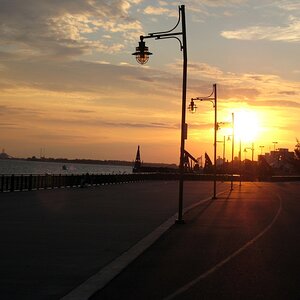
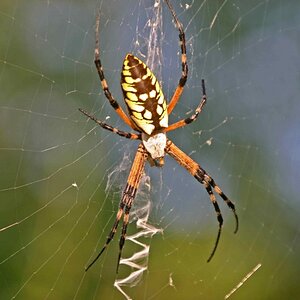
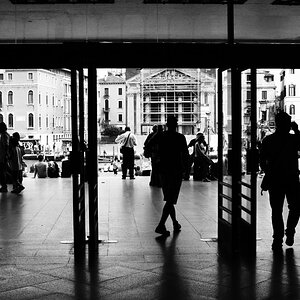

![[No title]](/data/xfmg/thumbnail/41/41921-10ae2355bbcea545815ebd932ee145a7.jpg?1619739944)
![[No title]](/data/xfmg/thumbnail/32/32949-cb71b3342f4f417998cb510154c5c916.jpg?1619735783)
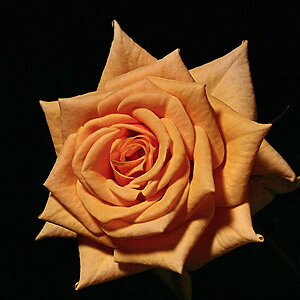
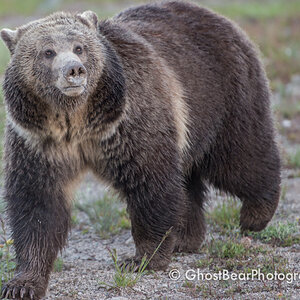
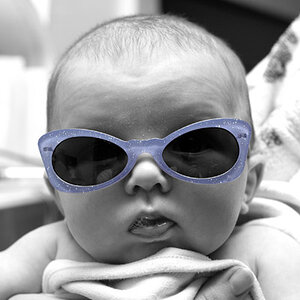
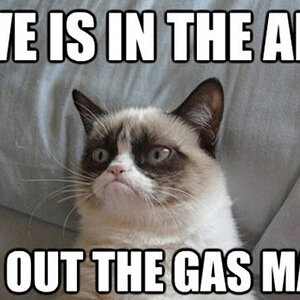
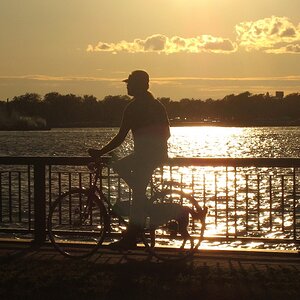
![[No title]](/data/xfmg/thumbnail/41/41923-ddfdc5596c5073ae69761e32124481cf.jpg?1619739945)